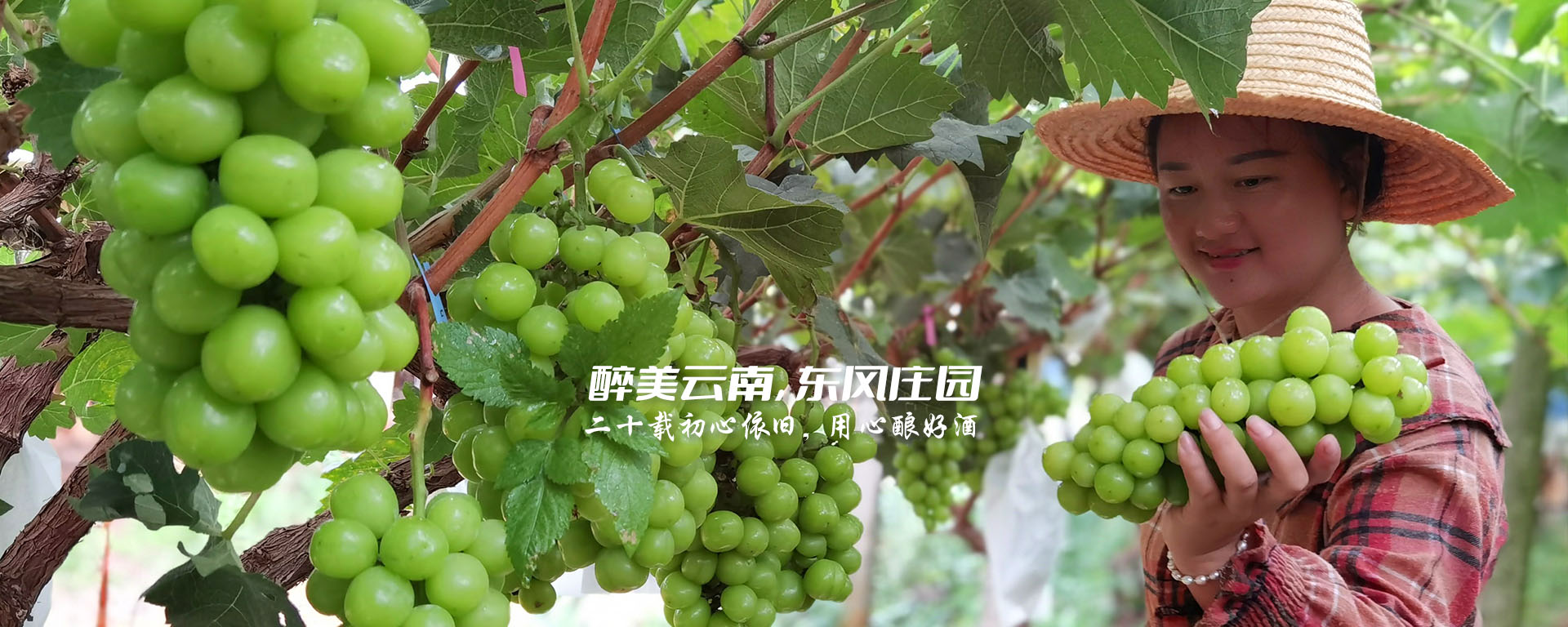
Exploring the World of Wine: Understanding Wine Production and Global Markets
2023-11-16Wine has been an integral part of human civilization for thousands of years. From ancient times to the present day, it has been enjoyed for various occasions and celebrations. Wine production and consumption have evolved significantly over time, with different regions of the world becoming renowned for their unique styles and flavors. Understanding the process of wine production and the dynamics of global markets can enhance our appreciation for this timeless beverage.
The first step in wine production is the cultivation of grapes. Grapevines require specific conditions to thrive, including appropriate climate, soil, and sunlight. Different grape varieties are cultivated in various regions, leading to the wide variety of wines available today. Factors such as soil composition, temperature fluctuations, and rainfall patterns contribute to the distinctive characteristics of grapes grown in different vineyards.
Once the grapes are harvested, they undergo a process called vinification. This process involves the extraction of juice from the grapes, which is then fermented to convert the sugar into alcohol. The fermentation process can be influenced by several factors, including the type of yeast used, temperature control, and the duration of fermentation. Red wines are typically fermented with the grape skins, which give them their rich color and tannins, while white wines are fermented without the skins, resulting in a lighter and crisper taste.
After fermentation, the wine is aged in different types of containers, such as stainless steel tanks, oak barrels, or concrete vats. This aging process allows the wine to develop its flavors and aromas. The choice of container and the duration of aging can greatly impact the final product. Some wines are aged for only a few months, while others may be aged for several years to achieve a complex and mature taste.
Once the wine is ready, it is bottled and prepared for distribution. Global markets play a crucial role in the wine industry, with wines being exported and imported between countries. Different countries have their own wine production and consumption patterns, influenced by cultural preferences, historical traditions, and economic factors. Some regions, such as France, Italy, and Spain, have long been known for their rich winemaking heritage and are considered to be among the top wine producers in the world.
The global wine market is influenced by various factors, including changing consumer tastes, economic conditions, and government regulations. The rise of e-commerce and online platforms has also revolutionized the way wine is bought and sold globally. Wine enthusiasts can now explore a vast selection of wines from different regions and have them delivered to their doorstep.
Understanding global wine markets can provide valuable insights into the factors that influence wine prices, availability, and trends. Climate change, for example, can have a significant impact on wine production in certain regions, leading to changes in supply and demand. Economic factors, such as currency fluctuations and trade agreements, can also affect the global wine trade.
In conclusion, understanding wine production and global markets can deepen our appreciation for this ancient beverage. From the cultivation of grapes to the intricacies of fermentation and aging, each step in the winemaking process contributes to the final product. Exploring the diverse range of wines available from different regions of the world allows us to discover new flavors and styles. Moreover, understanding the dynamics of global wine markets helps us comprehend the factors that shape the availability, pricing, and trends of this beloved beverage.
